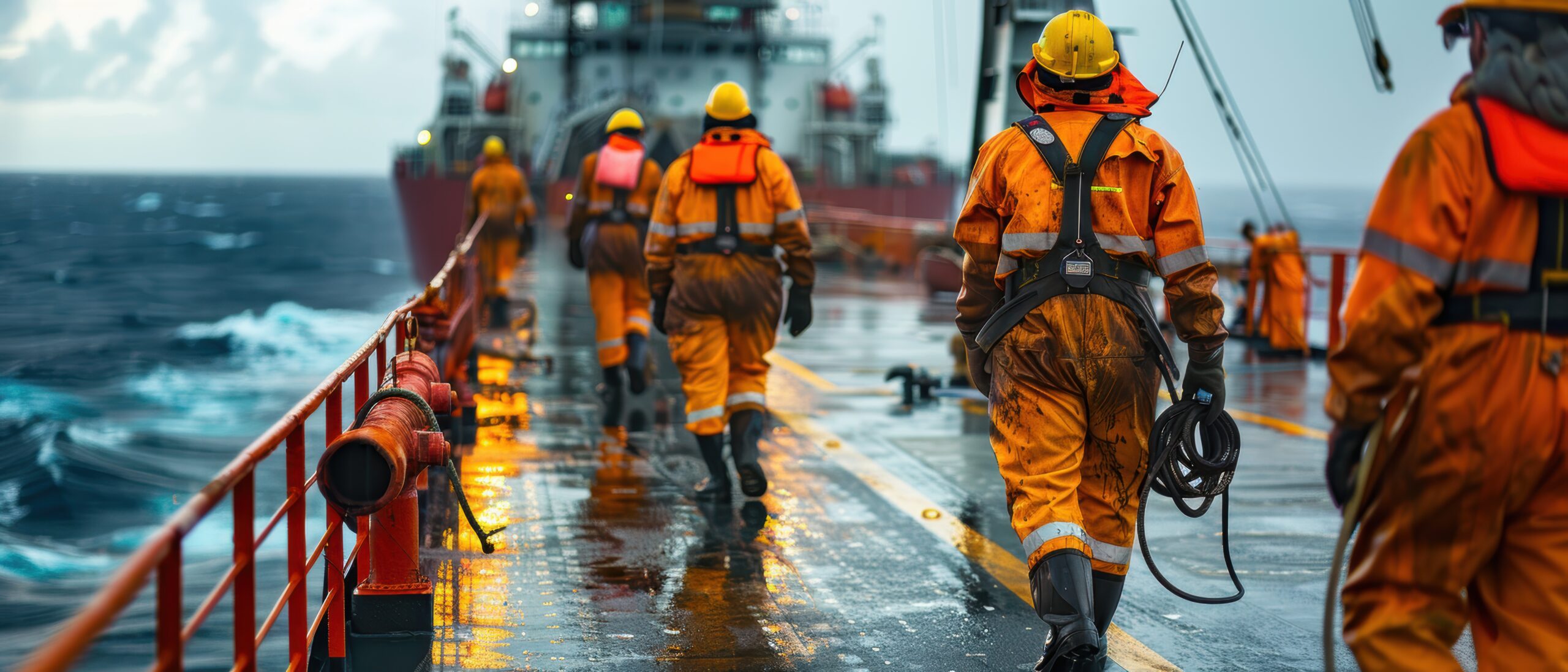Breaking Down the SIRE 2.0 Questionnaire for LPG Tankers
A concise guide to understanding the updated SIRE 2.0 questionnaire, with its scenario-based questions and safety-first approach tailored to LPG tankers.

Understanding the SIRE 2.0 Questionnaire: Enhancing LPG Tanker Safety
The SIRE 2.0 Questionnaire represents a significant advancement in the Ship Inspection Report Programme (SIRE), introducing a more dynamic and comprehensive approach to assessing the safety and operational standards of vessels, particularly LPG tankers. By focusing on scenario-based questions and real-time evaluations, this new version ensures a higher level of safety, efficiency, and compliance in maritime operations.
What is the SIRE 2.0 Questionnaire?
The SIRE (Ship Inspection Report Programme) has been a critical tool for vetting ships since its inception by the Oil Companies International Marine Forum (OCIMF). With the launch of SIRE 2.0, the program shifts to a risk-based, scenario-driven inspection model. Inspectors now evaluate vessels based on practical scenarios, considering both the vessel’s physical condition and the competency of the crew.
For LPG tankers, this updated questionnaire ensures an in-depth review of critical safety and operational areas, aligning inspections more closely with real-world challenges.
Key Features of the SIRE 2.0 Questionnaire for LPG Tankers
- Scenario-Based Questions
Unlike traditional checklists, the SIRE 2.0 Questionnaire employs scenario-based questions to assess how well the crew and vessel respond to real-life operational challenges. Inspectors evaluate actions taken during simulated emergency scenarios, such as:- Handling LPG leaks or equipment failures
- Fire suppression system activation
- Navigating in adverse weather conditions
- These assessments provide a realistic measure of preparedness and adherence to safety protocols.
- Focus on Human Element
One of the key enhancements in the SIRE 2.0 Questionnaire is its focus on the human element. The competency, training, and decision-making abilities of the crew play a pivotal role in LPG tanker safety. Inspectors now evaluate crew responses under pressure, ensuring they meet the required standards.
This approach reinforces continuous training and situational awareness, which are essential in handling high-risk cargo like LPG. - Dynamic Risk-Based Inspections
SIRE 2.0 introduces a dynamic inspection methodology. Instead of a fixed checklist, the questionnaire adapts based on the vessel’s history, prior inspection results, and risk profile. For LPG tankers, this means a customized focus on areas such as:- Cargo containment systems
- Pressure and temperature controls
- Emergency shutdown systems
- By tailoring inspections, the SIRE 2.0 Questionnaire ensures that high-risk aspects are prioritized, enhancing overall safety.
- Digital Integration and Real-Time Reporting
Digital tools and real-time reporting are integral to the new SIRE 2.0 framework. Inspectors use handheld devices to record findings, upload photographic evidence, and submit reports seamlessly. This improves transparency, accuracy, and accessibility for stakeholders.
For shipowners and operators of LPG tankers, these digital advancements streamline the vetting process, making it easier to address any non-compliance swiftly.
Why the SIRE 2.0 Questionnaire Matters for LPG Tankers
The transportation of LPG presents unique challenges due to its highly flammable nature and complex handling requirements. The SIRE 2.0 Questionnaire raises the bar for safety and reliability in the following ways:
- Enhanced Safety Culture: By emphasizing scenario-based inspections, the new questionnaire ensures that safety becomes an integral part of daily operations.
- Improved Crew Competency: The focus on the human element encourages regular training and skill development, reducing human error.
- Proactive Risk Management: Risk-based inspections allow for targeted assessments, helping ship operators address vulnerabilities before they escalate.
- Alignment with Industry Standards: The updated questionnaire aligns with IMO conventions like SOLAS, MARPOL, and the IGC Code, reinforcing compliance with international safety regulations.
Preparing for SIRE 2.0 Inspections
To comply with the SIRE 2.0 Questionnaire, LPG tanker operators must take a proactive approach. Key preparation steps include:
- Crew Training: Ensure that all crew members undergo scenario-based training, focusing on emergency responses and operational safety.
- Pre-Inspection Readiness: Conduct internal audits to identify and rectify any gaps in equipment, systems, and documentation.
- Safety Management Systems (SMS): Review and update safety management systems to reflect the dynamic risk-based approach of SIRE 2.0.
- Digital Tools Adoption: Leverage digital solutions for real-time monitoring, reporting, and compliance tracking.
The Future of LPG Tanker Safety with SIRE 2.0
The SIRE 2.0 Questionnaire marks a transformative shift in how LPG tankers are inspected and vetted. By combining advanced methodologies, digital tools, and a focus on human factors, it ensures safer, more efficient, and compliant maritime operations.
As the global demand for LPG continues to grow, adhering to SIRE 2.0 standards will be critical for shipowners, operators, and charterers. Proactive compliance not only enhances safety but also builds trust among stakeholders, positioning companies as leaders in maritime excellence.
In conclusion, the SIRE 2.0 Questionnaire is a game-changer for LPG tanker safety. By embracing its scenario-based, risk-driven approach, the industry can achieve a higher level of operational readiness and sustainability.